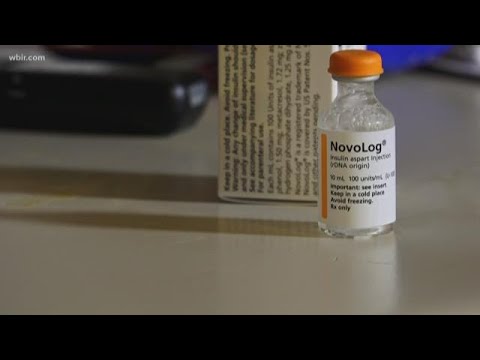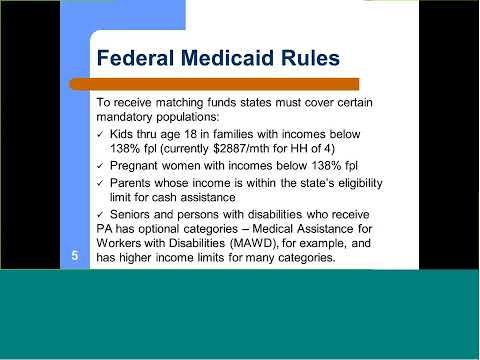Medical Assistant: An Occupational Outlook
Contents
- What is a medical assistant?
- Duties of a medical assistant
- Education and training for medical assistants
- Certification for medical assistants
- Salary and job outlook for medical assistants
- Medical assistant job satisfaction
- Pros and cons of being a medical assistant
- What type of personality makes a good medical assistant?
- Is a medical assistant a good career choice?
- How to become a medical assistant
According to the US Bureau of Labor Statistics, the median annual wage for Medical assistants was $33,610 in May 2018. Employment of medical assistants is projected to grow 29 percent from 2018 to 2028, much faster than the average for all occupations.
Checkout this video:
What is a medical assistant?
A medical assistant is a person who has completed a training program and is certified to perform various administrative and clinical tasks in a healthcare office. They work closely with doctors, nurses, and other medical staff to ensure that patients receive the best possible care.
The duties of a medical assistant vary depending on the type of healthcare facility they work in, but they typically include taking medical histories and vitals, scheduling appointments, preparing patients for examination, and assisting with procedures. In some states, medical assistants may also be allowed to perform basic laboratory tests and give injections.
Duties of a medical assistant
Medical assistants perform a variety of administrative and clinical tasks to support the work of physicians and other health professionals.
Their duties vary with the size, specialty, and location of the practice. Most medical assistants have completed a postsecondary education program of up to 1 year. Many have graduated from 2-year associate degree programs in medical assisting.
Most medical assistants work in ambulatory care settings, such as physicians’ offices, clinics, and group practices. A small number work in hospitals and other inpatient facilities.
Education and training for medical assistants
To become a medical assistant, you will need to complete an accredited postsecondary medical assisting program. These programs typically take about 1 year to complete and lead to a certificate or diploma. Some community colleges offer 2-year associate’s degree programs in medical assisting.
There are more than 600 accredited medical assisting programs available in community colleges, vocational schools, universities, and private trade schools across the country. To find a program near you, visit the website of the Commission on Accreditation of Allied Health Education Programs (www.caahep.org) or the Accrediting Bureau of Health Education Schools (www.abhes.org).
Certification for medical assistants
All fifty states require medical assistants to complete a certification exam to become registered or certified medical assistants. Some states have additional requirements, such as continuing education or taking an ethics course. The Certifying Board of the American Association of Medical Assistants administers the Certified Medical Assistant (CMA) exam. To be eligible for the CMA exam, candidates must have completed an accredited medical assisting program and have worked for five years as a medical assistant, or have completed two years of work experience as a medical assistant and have completed an accredited associate degree program. Candidates must also pass a criminal background check.
Salary and job outlook for medical assistants
The median annual wage for medical assistants was $33,610 in May 2017. The median wage is the wage at which half the workers in an occupation earned more than that amount and half earned less. The lowest 10 percent earned less than $24,280, and the highest 10 percent earned more than $46,780.
In May 2017, the median annual wages for medical assistants in the top industries in which they worked were as follows:
Offices of physicians$34,800
General medical and surgical hospitals; state, local, and private32,780
Offices of other health practitioners32,370
Elementary and secondary schools; local government owned30,950
Outpatient care centers29,950
Most medical assistants work full time. Because many offices are open during evening and weekend hours to accommodate patients’ schedules, some medical assistants may work evenings or weekends. In addition, about 1 in 5 worked part time in 2016.
Medical assistant job satisfaction
A medical assistant career is a great choice for many people. The job satisfaction rate for medical assistants is very high, and the pay is good. The job outlook for medical assistants is also very good, with a projected growth rate of 29% from 2016 to 2026, much faster than the average for all occupations.
Pros and cons of being a medical assistant
Medical assistants enjoy many rewards. They perform a vital role in health care and often form close bonds with patients. They frequently work in pleasant office settings and have flexibility in their schedules. In addition, medical assisting is one of the nation’s fastest-growing occupations, so job prospects are excellent.
However, medical assistants also face some challenges. Because they work closely with patients, they may be exposed to diseases. They sometimes work long hours, including evenings and weekends. Medical assistants also may be on their feet for long periods of time.
What type of personality makes a good medical assistant?
Medical assistants must have a strong desire to help others. They must be able to work well under pressure, be detail oriented, and have excellent people skills. Good medical assistants are also able to follow instructions well and possess good organizational skills.
Is a medical assistant a good career choice?
Medical assistants play a vital role in the daily operations of medical offices and facilities. They are the link between patients and doctors, and they often provide both administrative and clinical support.
The daily tasks of a medical assistant may vary depending on the size and type of facility in which they work. In a small physician’s office, a medical assistant may be responsible for scheduling appointments, maintaining medical records handling correspondence, and billing patients. In a larger facility, such as a hospital or clinics, medical assistants may specialize in a particular area, such as working in the emergency room or assisting with surgery.
Medical assistants must be able to perform both administrative and clinical tasks. Administrative duties may include answering phones, scheduling appointments, maintaining Medical records and billing insurance companies. Clinical duties may include taking patient histories, performing basic laboratory tests, sterilizing instruments, and assisting doctors during examinations.
Most medical assistants have at least a high school diploma; however, many choose to complete a formal training program. Formal training programs typically last one year and result in a certificate or diploma. Some community colleges offer two-year associate degree programs in medical assisting. A few four-year colleges offer bachelor’s degree programs in health sciences with a concentration in medical assisting. Although not required, certification may be beneficial when seeking employment or advancement opportunities.
How to become a medical assistant
Most medical assistants have postsecondary education such as a certificate. Many programs can be completed in less than 1 year and are available from community colleges, vocational schools, and technical colleges. Some states regulate medical assisting.
Employers generally prefer to hire candidates who have completed an accredited program. These programs are available at both the undergraduate and graduate level and typically last from 2 to 4 years. Students take courses such as Medical Terminology anatomy and physiology, insurance processing, and office management. In addition to classroom instruction, most programs include supervised clinical experience in a medical office or hospital.







